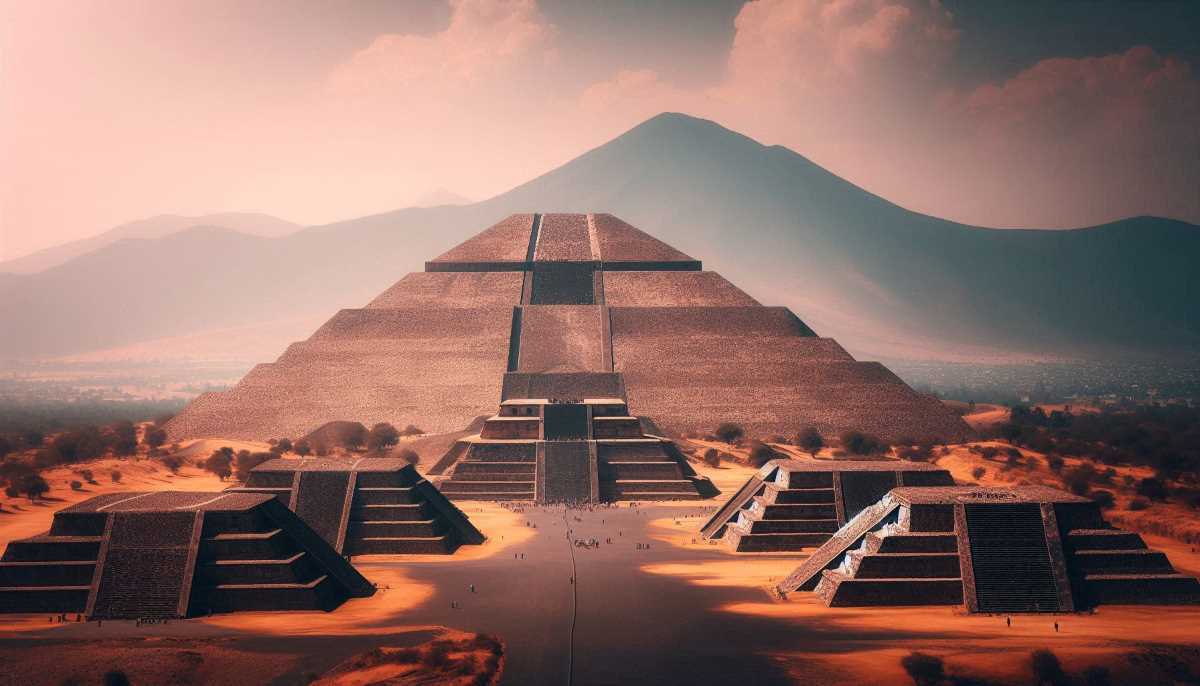Legends, Legacy, and the Enduring Allure of Teotihuacan
Teotihuacan, an ancient Mexican city, holds mysteries. Once a powerful civilization, its true name is lost. Legends say it birthed the sun. Explore its towering pyramids, unearthed artifacts, and whispers of the past waiting to be revealed.

Teotihuacan is one of the most important and enigmatic archaeological sites of pre-Hispanic Mexico. This city, located in the central highlands of Mexico, was one of the largest urban settlements of antiquity and has become an significant site for research on Mesoamerican cultures. In 1987, it was the first site in Mexico to be declared a World Heritage Site by UNESCO, noted for its historical and cultural relevance.
Although its original name is unknown, the Aztecs baptized the site as Teotihuacan, which in Nahuatl means "place where the gods were created". This imposing urban center was known as the cradle of all arts, knowledge, wisdom and religious beliefs. Its historical importance has been recounted by archaeologists and anthropologists, who consider it one of the most essential cities in Mesoamerica.




